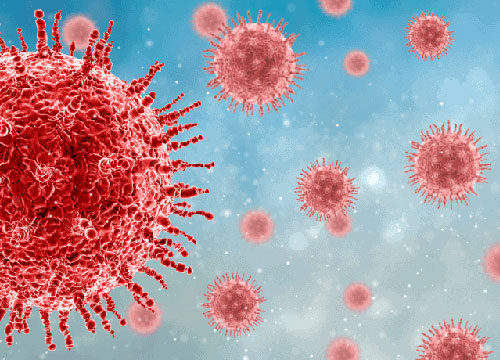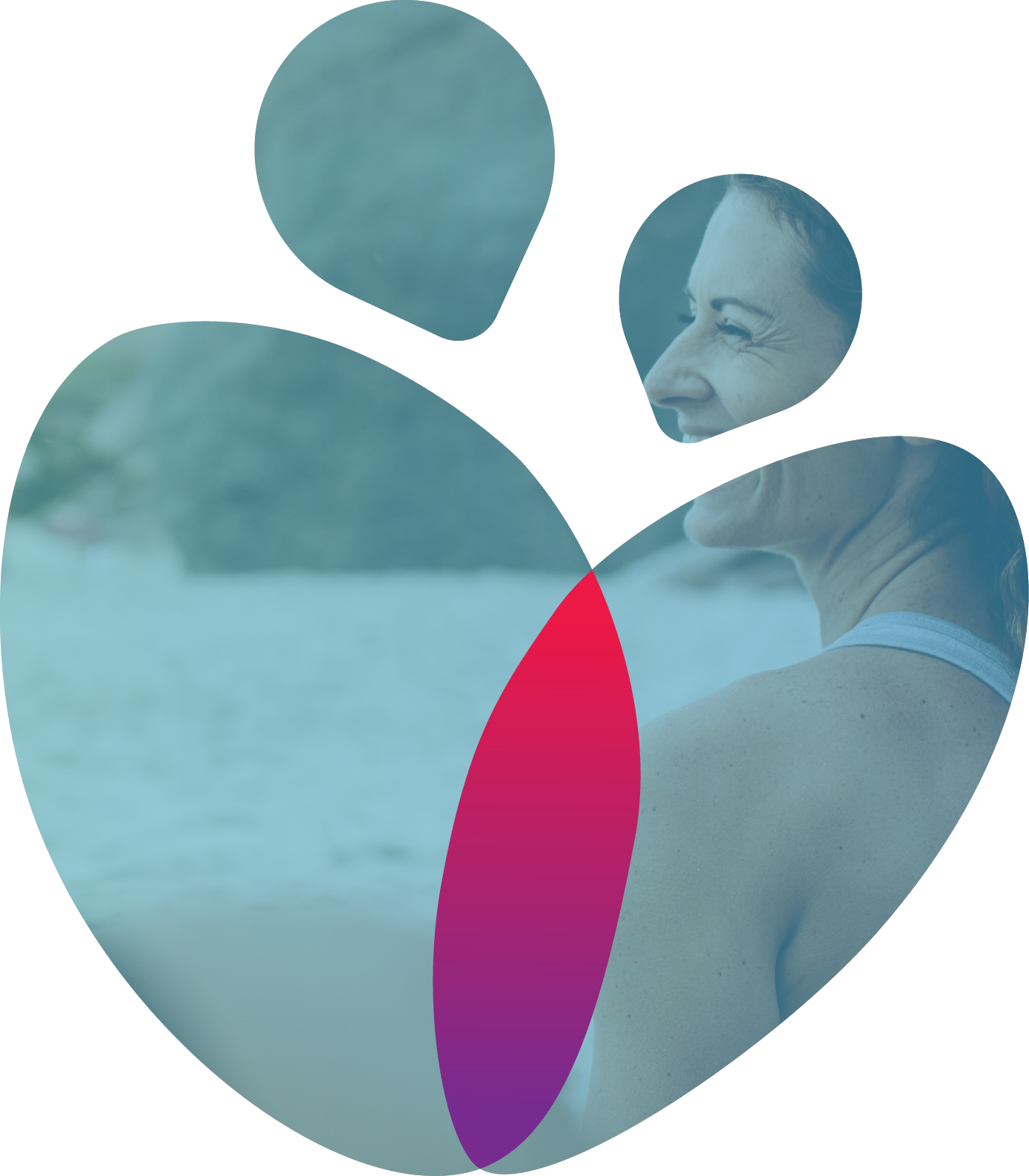Join The Nantwich Clinic Club to keep up to date with news and offers!
Sign Up
We are doing everything we can to keep our patients, our team and ourselves safe during the Pandemic.
We work in a medical environment which needs to be clean at all times. This year we have been set a new challenge!
Since the pandemic we have new routines and new procedures:
All members of staff meet up weekly for a Covid update. We discuss our procedures and any changes, updates or concerns related to the pandemic.
We are members of the College of Podiatry, the highest standard of foot health in the UK and within that body we are an Accredited Practice, conforming to their highest levels of care and accountability.
From the kitchen to the bathroom, through the reception and treatment areas, each room has its own cleaning schedule, itself broken down into specific areas and tasks. These are signed, dated and logged. Each room has its own specified and designated cleaning equipment cleaning equipment in order to reduce the likelihood of cross contamination. Additionally, high traffic touch points such as switches, handles and push plates are the areas with the greatest concentration of microbes that act as vectors for the spread of viruses are subject to extra cleaning and disinfection.
In between appointments we have designated time set aside for room cleaning in order to minimise any cross contamination risks.
For our cleaning and disinfection, we mainly use Azo Universal to clean and disinfect hard surfaces. Manufactured in the UK, The Azo Universal range is based on a highly effective alcohol-free formulation of quaternary ammonium compounds (QACs) and polymeric biguanide (PHMB), complementing each other to create a potent, broad spectrum and fast acting cleaning and disinfection solution with a strong residual action, even after it has dried providing an active protection for extended periods.
Additional cleaning and disinfection is done with our steam cleaner. Research has concluded that steam cleaning can quickly kill 99.9% of germs and bacteria on various types of surface.
Each room has a true HEPA air purifier that captures 99.97% of dust, pollen,pet dander, smoke, mould spores, and household odours. The activated carbon pre-filter captures large particles such as dust, the HEPA filter then captures the smaller particles such as pollen and allergens, before the UV-C light that safely destroys micro-organisms including germs, viruses, bacteria, fungi, mould and toxins.
All practitioners wear Cambridge face masks. These are respirators with UK military grade filtration technology. The masks filter out dust and pollution particles such as PM10, PM2.5 and PM0.3 as well as bacteria and viruses using a unique triple layer filtration system. The first layer catches larger pollution particles such as dust and PM10, followed by the Three-Ply Micro Particulate Filter which stops nearly 100% of smaller particulate matter such as PM2.5 and PM0.3. The final layer has been developed by the UK’s Ministry of Defence and filters out viruses, bacteria and gas pollution such as Volatile Organic Compounds (VOCs), Ozone, Benzathine and Formaldehyde.
The practitioner follows the WHO 5 moments for hand hygiene with at least 2 hand washes and 1 alcohol hand disinfection per treatment. We use alcohol-based hand gel at 70% concentration above the Centre for Disease Control and Prevention recommendation of at least 60% and all procedures are undertaken in gloves.
Every treatment includes the cleansing of patient’s feet. This increases hygiene and reduces transmission risks.
In clinic we use Clinisept Plus Prep & Procedure. This is a next generation skin disinfectant that provides the highest levels of protection against infection. The active ingredient is hypochlorous. Hypochlorous is the same chemistry that powers the human immune system. It is produced by the white blood cells in the body to combat infection and is widely acknowledged as the most effective disinfection agent known, owing to its ability to kill bacteria, viruses and spores. This is non-sensitising and non-irritating. Unlike traditional disinfectants it is non-toxic, non-mutagenic and it kills all pathogens. Despite it’s efficacy, hypochlorous is not absorbed by human skin cells. It has a skin neutral pH and contains no alcohol, petroleum, lanolin, oils or parabens. It is non-toxic and non-irritant to human skin and is even non-cytotoxic to human skin cells.
Finally, all our uniforms are only used in clinical situations and at the end of the day they are put into a separate designated wash bag and laundered.
Before each appointment we email a Covid 19 questionnaire to triage our patients and assess their current health situation. Additionally, these are double checked in clinic to ensure there have been no changes.
All or appointments are staggered in order to reduce the risks to allow additional cleaning and facilitate social distancing.
On entry we have a ‘no touch’ thermometer and hand sanitiser. We ask all patients to wear a mask, but we can also provide them.
As the coronavirus is mainly spread through droplets in exhaled breath, we use Perspex Covid screens in every treatment room and on reception in order to act as a barrier to transmission.
On Friday the 18th of September we introduced our own QR code, the gold standard of the government’s track and trace system. This means that when a patient enters the clinic, they are able to scan an official NHS QR poster. This will log the venues information on the patient’s phone. This will cross check other users from the clinic and using relevant times will anonymously alert users with appropriate advice based on the level of risk.
The app uses Bluetooth signal strength between different devices to estimate the distance between people. When someone tests positive for Covid-19 the system can send out alerts to people they have had encounters with. These alerts tell people that they should self-isolate. Not everyone will be alerted to self-isolate. Only people who have been assessed as being involved in “high-risk” encounters will be notified. High-risk contacts are determined by a few pieces of data that are fed into the app’s risk algorithm – however, generally someone is likely to be at increased risk of contracting the virus if they’ve been within two metres for more than 15 minutes of someone who has tested positive. For calculating people’s risk scores the app uses distance (via Bluetooth strength), time around a person and details about when their symptoms started. The last of these is based on information that can be inputted into the NHS app. The distances used for calculating risk scores fall into three categories: close (within 0-2 metres), medium (2-4m) or far (further than 4m).
At The Nantwich Clinic, as we are doing out utmost to reduce the likelihood of Covid 19 transmission. With all these measures in place, it should be almost impossible to catch or transmit the virus in our clinic.
Whether it’s a quick question that you need to ask, or you would like to book an appointment with us, we want to hear from you. Simply click the button below to get started or contact us on 01270 627118.
